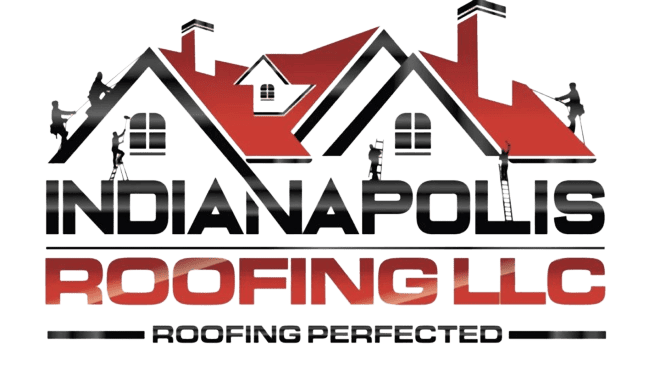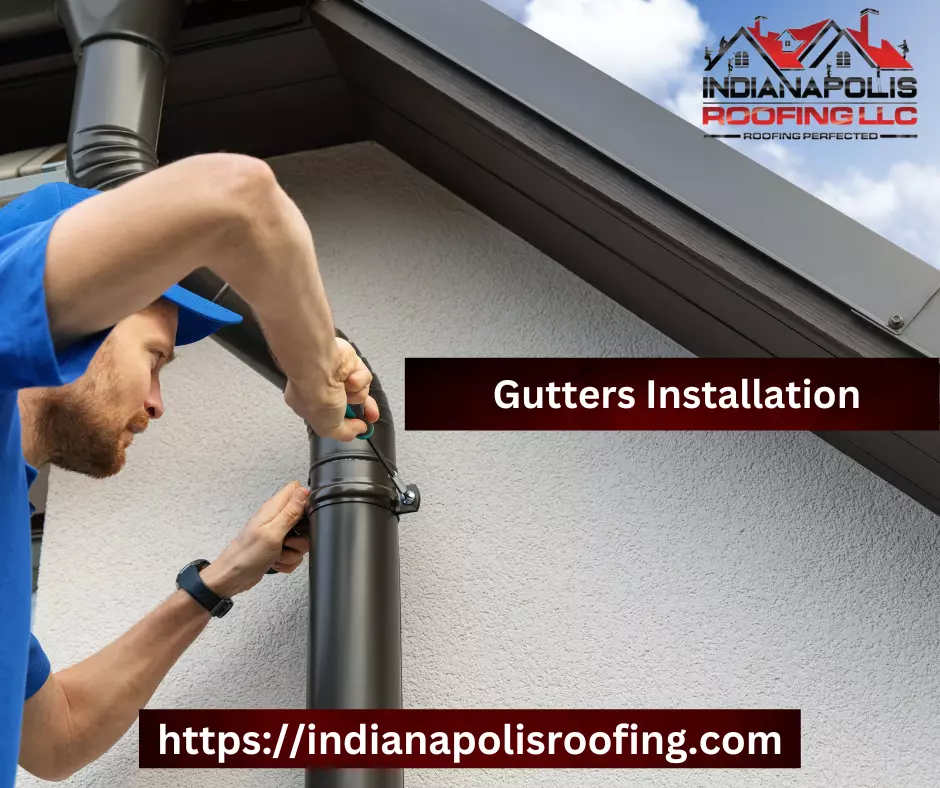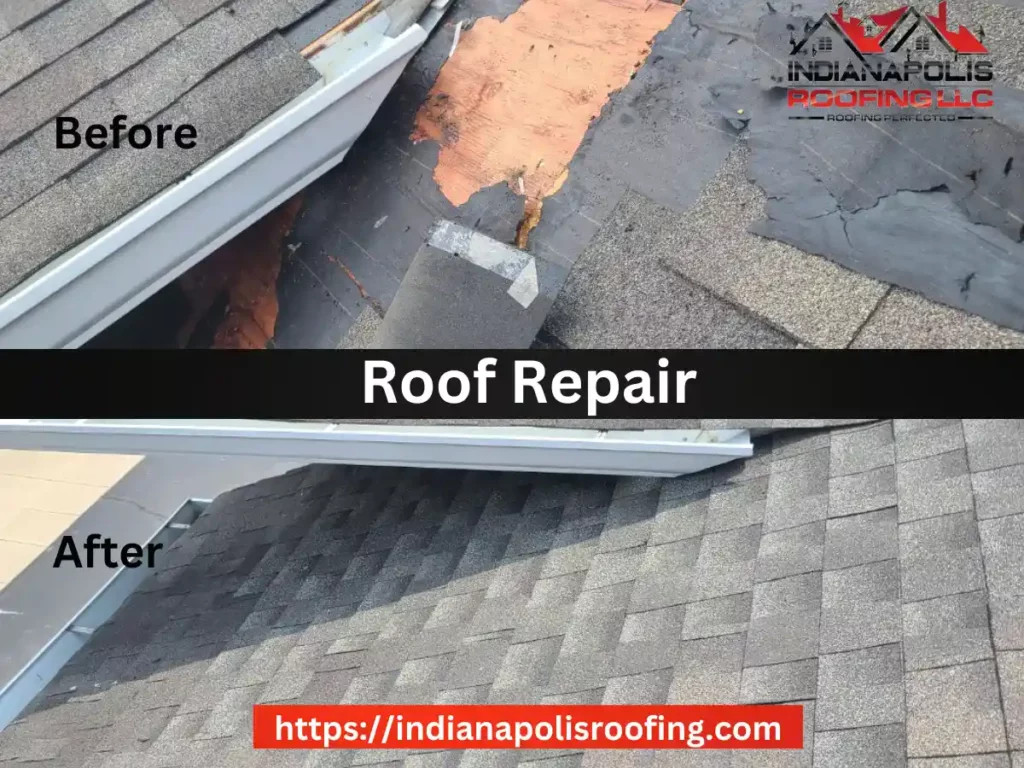How Often Should I Replace My Home’s Roof?
Roof replacement is the process of removing and replacing an existing roof with a new one, typically due to age, damage, or the desire for aesthetic improvement. It is important to regularly inspect and maintain your roof to ensure its longevity and prevent further damage to your property. A deteriorating roof can lead to leaks, water damage, and higher energy costs. Hiring a professional roofing contractor to assess the condition of your roof and complete the replacement will ensure a safe and efficient process. With a new roof, you can enjoy improved protection, and energy efficiency, and enhance the overall appearance of your home or building. Why Roof Replacement Is Important Roof replacement service in Indianapolis is crucial to maintain the structural integrity of your home and protect it from weather damage. A new roof improves energy efficiency and enhances the overall appearance of your property. Trust the experts to ensure a long-lasting, secure roof for years to come. Importance Of A Sturdy Roof For Protection And Safety Roof replacement is an essential aspect of home maintenance that should never be overlooked. A sturdy roof serves as the first line of defense against external elements such as rain, snow, wind, and harsh sunlight. It not only protects the interior of your home from water damage and structural problems but also ensures the safety and well-being of your family. By understanding the importance of a strong roof, you can make informed decisions that will safeguard your property for years to come. Signs That Indicate The Need For Roof Replacement 1. Damaged Shingles One of the most noticeable signs that it’s time for a roof replacement is the presence of damaged shingles. If you observe cracked, curled, or missing shingles, it is a clear indication that your roof requires immediate attention. Damaged shingles expose the underlying structure of your roof to moisture, which can lead to leaks and further deterioration. Moreover, deteriorating shingles can compromise the overall strength and integrity of your roof, making it susceptible to further damage during inclement weather conditions. 2. Leaks And Water Stains Water stains on your ceiling or walls are not only unsightly but also indicate a potential roof problem. If you notice water stains or experience frequent leaks, it’s crucial to address the issue promptly. Ignoring these warning signs can lead to extensive water damage, mold growth, and even compromise the structural stability of your home. By opting for roof replacement, you can prevent further water infiltration and protect the interior of your house from costly damages in the long run. 3. Age Of The Roof As with any component of your home, the roof has a limited lifespan. Most roofs are designed to last between 20 to 25 years, depending on the materials used and the local climate conditions. If your roof is reaching its expected lifespan, it’s wise to consider a replacement even if you haven’t noticed any visible signs of damage. Waiting for leaks or other major problems to occur can result in further damage to your home’s structure and potentially compromise the safety of your loved ones. 4. Sagging Roof A sagging roof is a significant cause for concern and necessitates immediate attention. This issue usually indicates structural damage due to weakened beams, excessive moisture, or the accumulation of heavy debris. A sagging roof poses a severe safety risk as it can collapse if not addressed promptly. Thus, it is vital to consult a professional roofing contractor and replace your roof to ensure the structural integrity and safety of your home. Taking proper care of your roof by replacing it when necessary is crucial for safeguarding your home, protecting your loved ones, and avoiding costly repairs. By being aware of the signs that indicate the need for roof replacement and understanding the importance of a sturdy roof for protection and safety, you can make timely decisions and ensure the long-term durability and well-being of your property. Types Of Roofing Materials When it’s time to replace your roof, choosing the right roofing material is crucial. Each type of roofing material has its own set of advantages and disadvantages. Understanding these differences can help you make an informed decision selecting the best option for your home. In this blog post, we will explore four popular types of roofing materials: asphalt shingles, metal roofing, tile roofing, and wood shake roofing. Let’s take a closer look at the pros and cons of each. Asphalt Shingles: Pros And Cons Asphalt shingles are the most commonly used roofing material in North America. They are popular for their affordability and wide range of style options. Here are the pros and cons of choosing asphalt shingles for your roof: Pros Cons 1. Affordable 1. Shorter lifespan compared to other materials 2. Easy installation and repair 2. Susceptible to wind damage 3. Wide range of colors and styles 3. Less energy efficient than some alternatives Metal Roofing: Advantages And Disadvantages Metal roofing has gained popularity in recent years due to its durability and longevity. Here are the advantages and disadvantages of choosing metal roofing: Advantages: Durable and long-lasting Excellent resistance to fire, wind, and impact Energy-efficient, which can lead to lower energy bills Disadvantages: Initial high cost Installation can be more complex Noisier during rain or hail storms Tile Roofing: Benefits And Drawbacks Tile roofing is known for its aesthetic appeal and longevity. Here are the benefits and drawbacks of choosing tile roofing: Benefits: Attractive and adds value to your home Durable and can last up to 50 years or more Good resistance to fire, rot, and insects Drawbacks: Heavy, requiring additional support for the roof structure More expensive than other roofing materials Fragile and prone to cracking if stepped on Wood Shake Roofing: Pros And Cons Wood shake roofing offers a natural and rustic look to your home. Here are the pros and cons of choosing wood shake roofing: Pros: Enhances










